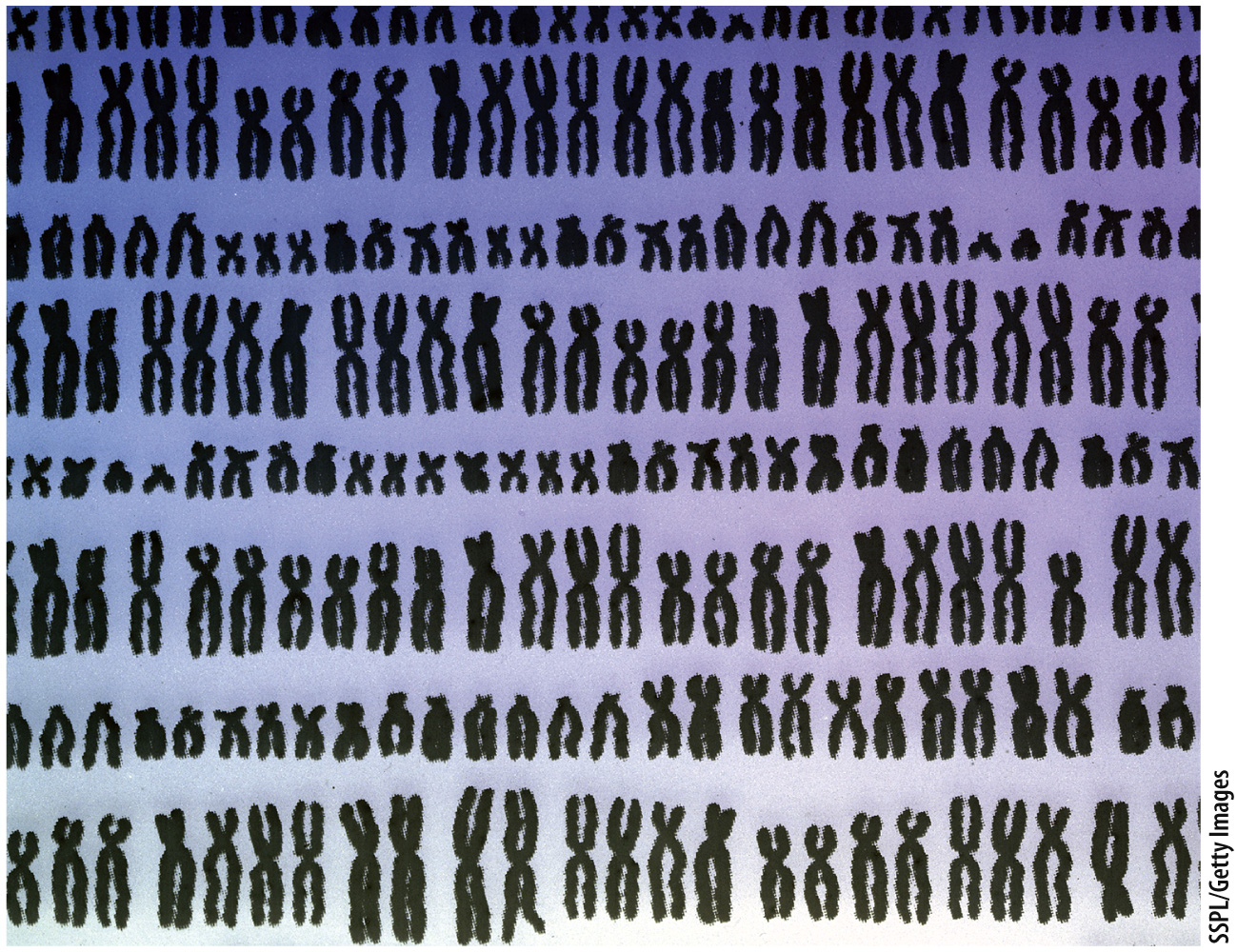Chapter 13 Introduction
271
CHAPTER 13
Genomes

Core Concepts
- A genome is the genetic material of a cell, organism, organelle, or virus, and its sequence is the order of bases along the DNA or (in some viruses) RNA.
- Researchers annotate genome sequences to identify genes and other functional elements.
- The number of genes in a genome and the size of a genome do not correlate well with the complexity of an organism.
- The orderly packaging of DNA allows it to carry out its functions and fit inside the cell.
- Viruses have diverse genomes, but all require a host cell to replicate.
In Chapter 12, we saw how small pieces of DNA are isolated, identified, and sequenced. This technology has advanced to the point where the complete genome sequences for thousands of species have been determined, including those of humans and our closest primate relatives, as well as dozens of other mammals. The term genome refers to the genetic material of a specified organism, cell, nucleus, organelle, or virus. Some genomes, like that of HIV, are small, whereas others, like the human genome, are large. Technically, the human genome refers to the DNA in the chromosomes present in a sperm or egg. However, the term is often used informally to mean all of the genetic material in an organism. So your personal genome consists of the DNA in two sets of chromosomes, one inherited from each parent, plus a much smaller mitochondrial genome inherited from your mother. The human genome sequence is so long that printing it in the size of the type used in this book would require 1.5 million pages. As we will see, however, the human genome is far from the largest among organisms.
272
The sequence of a genome is merely a long string of A’s, T’s, G’s, and C’s, which represent the order of bases present in successive nucleotides along the DNA molecules in the genome. But a genome sequence, on its own, is not very useful to scientists. Additional research is required to understand what proteins and other molecules are encoded in the genome sequence, and to learn when these molecules are produced during an organism’s lifetime and what they do.
In this chapter, we discuss how the sequence of a genome is determined and analyzed to reveal its key biological features, such as the protein-